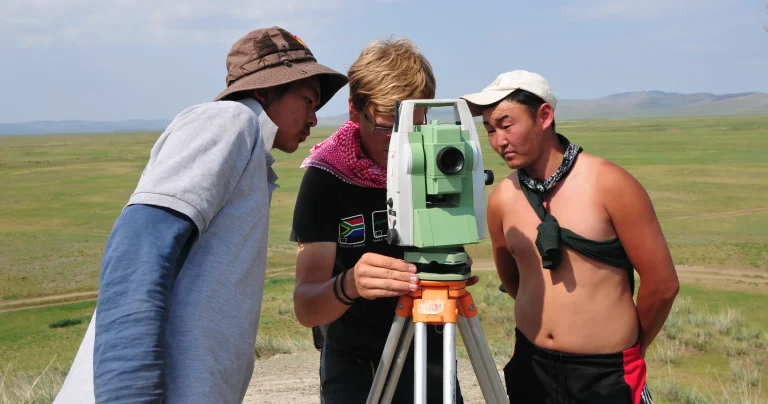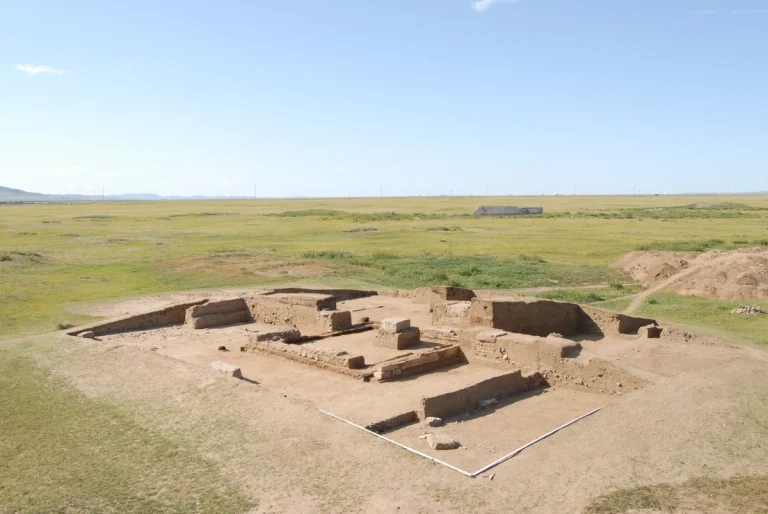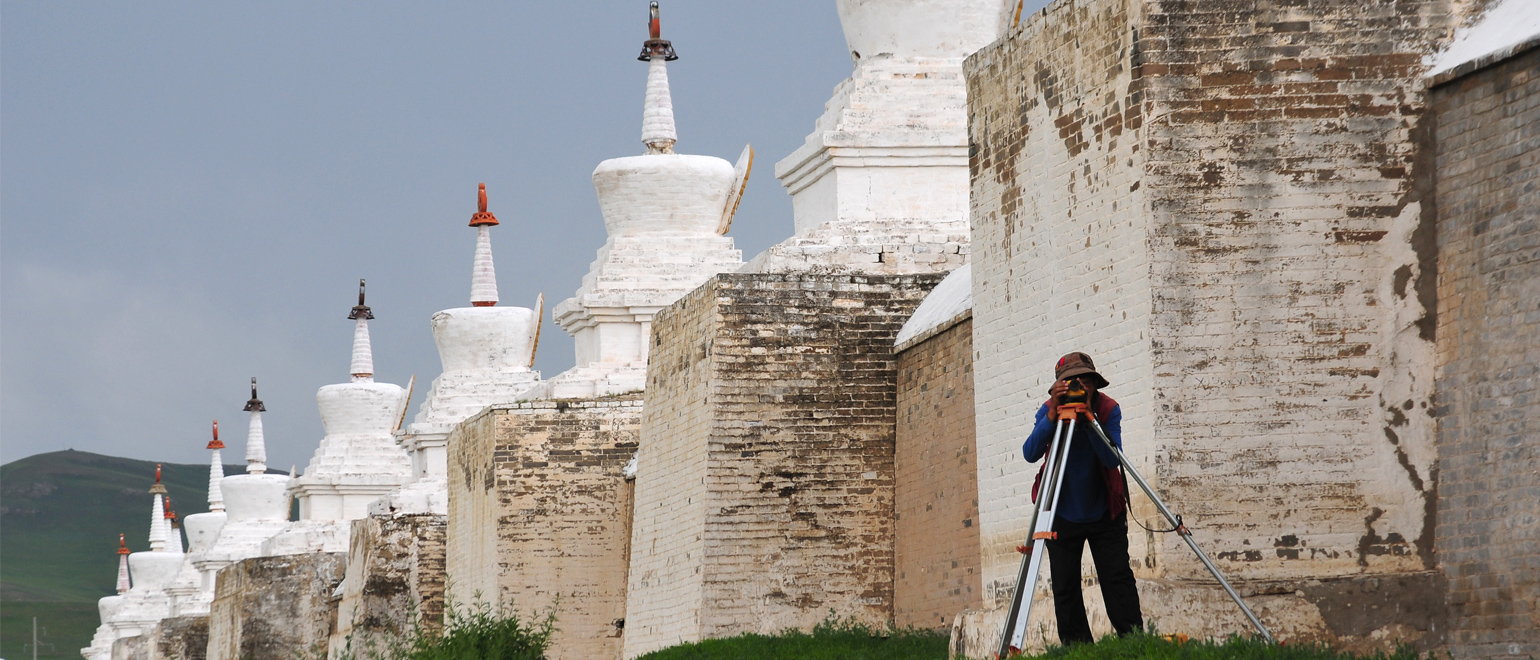
Karakorum
2020 marked the 800th anniversary of the founding of the city of Karakorum by Genghis Khan as the capital of the Mongol Empire. To this day, this is one of the most important events in the history of the Mongolian state and Karakorum, as the first capital of the Mongolian empire, remains one of the most important cities in the world.
Panoramic View of Karakorum
Most Important Center of the Old World
The importance of the site extends far beyond the borders of Mongolia. Genghis Khan and his successors subjugated an enormous number of states, peoples and rulers over the course of the 13th century and formed the largest contiguous territory in human history. Karakorum thus became one of the most important centres of the ancient world for several decades. Envoys and princes from the subjugated and neighbouring territories of the Mongol Empire gathered here to pay their respects to the Great Khan, pay tribute and receive rewards. Craftsmen, scholars, officials, soldiers and merchants came to the city to work for the court or to seek their fortune in the entourage of the powerful rulers. And so people from all corners of the world, from Russia to China, from France to Korea, gathered in the city.

Erdene Zuu Monastery
Karakorum became a place where religions and world views met and knowledge and goods were exchanged. The city of Karakorum is a place with an eventful history. In the first half of the 13th century, it was the capital of the emerging Mongol Empire and became a place where world history took place. It was later destroyed and re-emerged as the spiritual centre of Mongolia with the Erdene Zuu monastery.
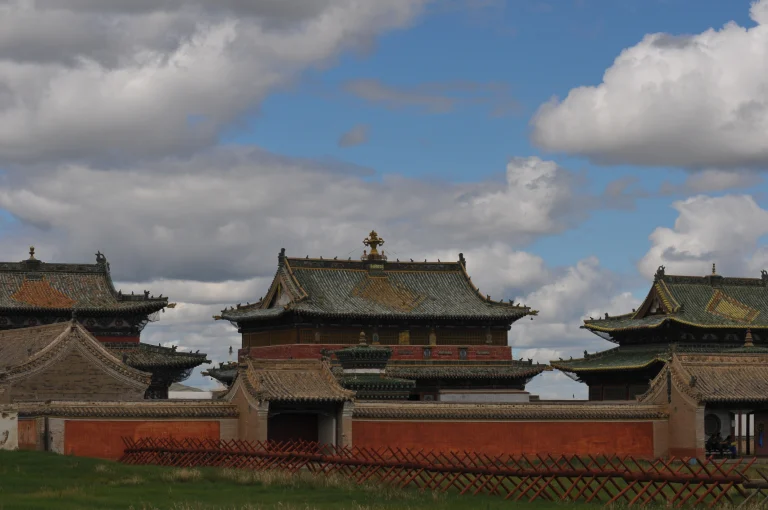
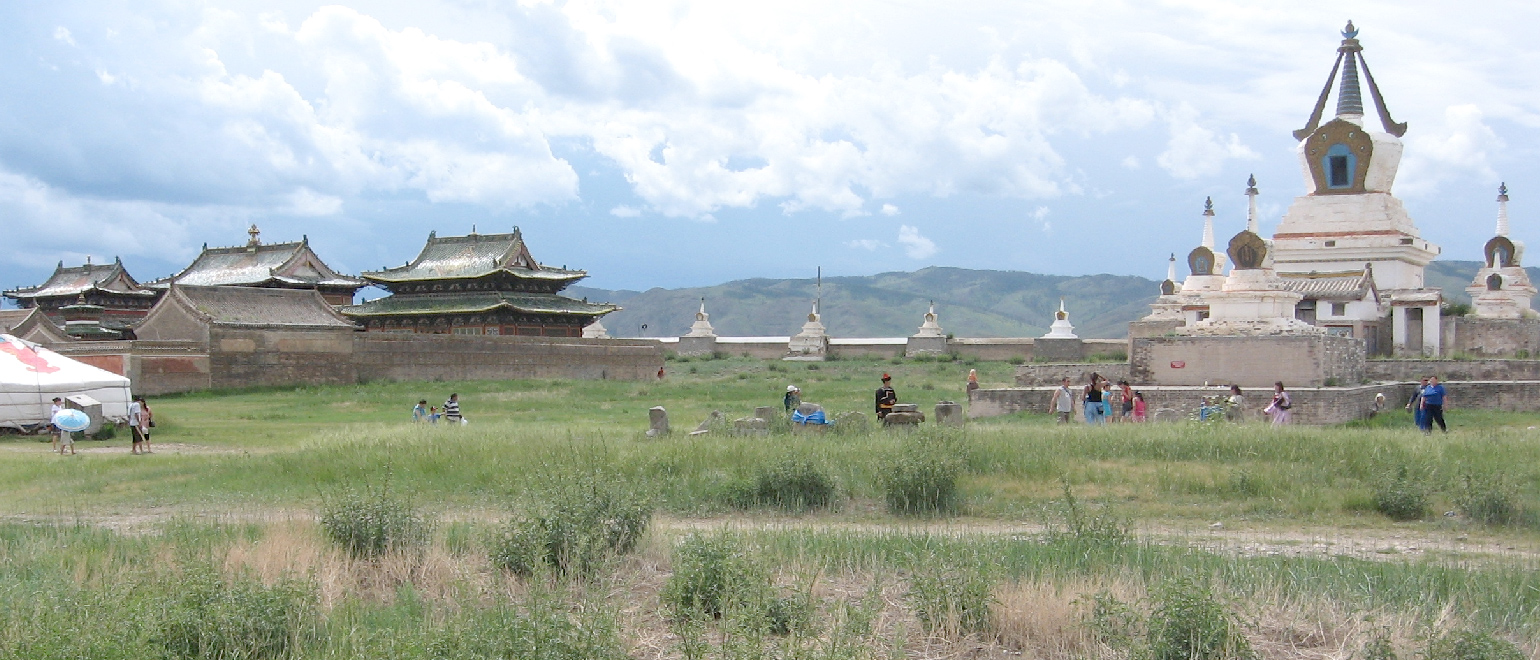
German-Mongolian Excavations
This history aroused the interest of researchers from all over the world, as the more than 100-year history of research in Karakorum shows. The first joint Mongolian-German excavations finally took place in 2000. Since then, research, publications and cultural preservation projects relating to the medieval city of Karakorum have continued on an ongoing basis and have also been repeatedly presented in exhibitions.
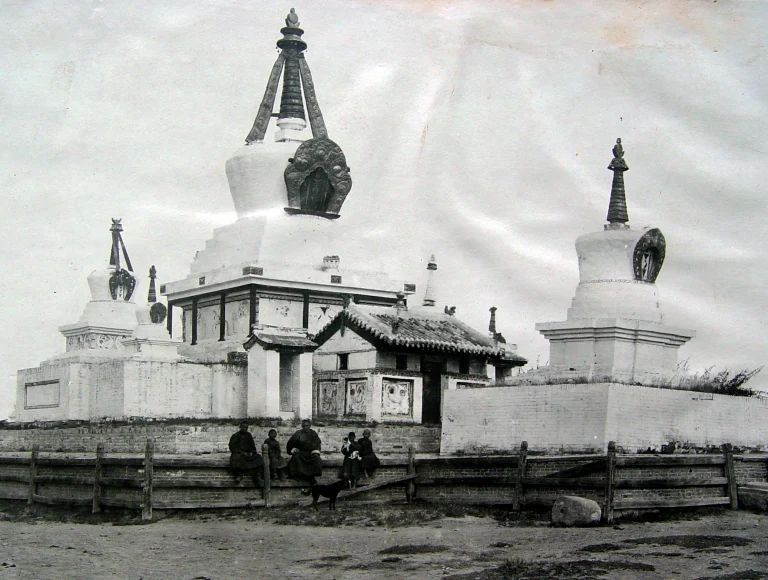
Thanks to German-Mongolian cooperation, many questions have already been researched. A team led by Ulambayar Erdenebat and Helmut R. Roth from the University of Bonn devoted themselves to researching the city centre. A second team led by Dovdoin Bayar and Hans-Georg Hüttel began researching the supposed palace in the south-west of the city ruins, the so-called Great Hall. In order to clarify the location of the former palace, excavations were carried out not only here, but also at the walls and gates of Erdene Zuu, which finally led to the solution of the mystery.
Artefacts from the Excavations in Karakorum



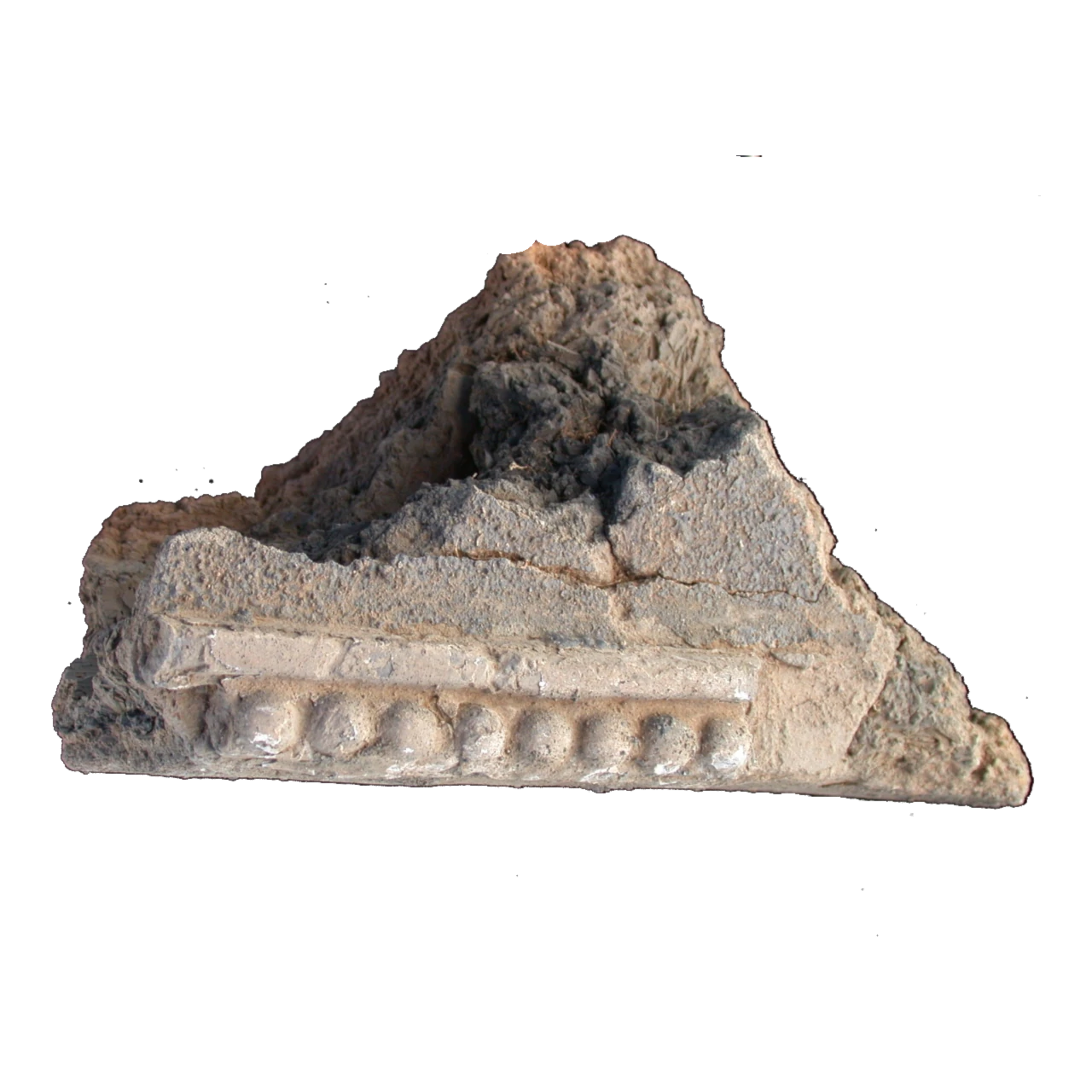
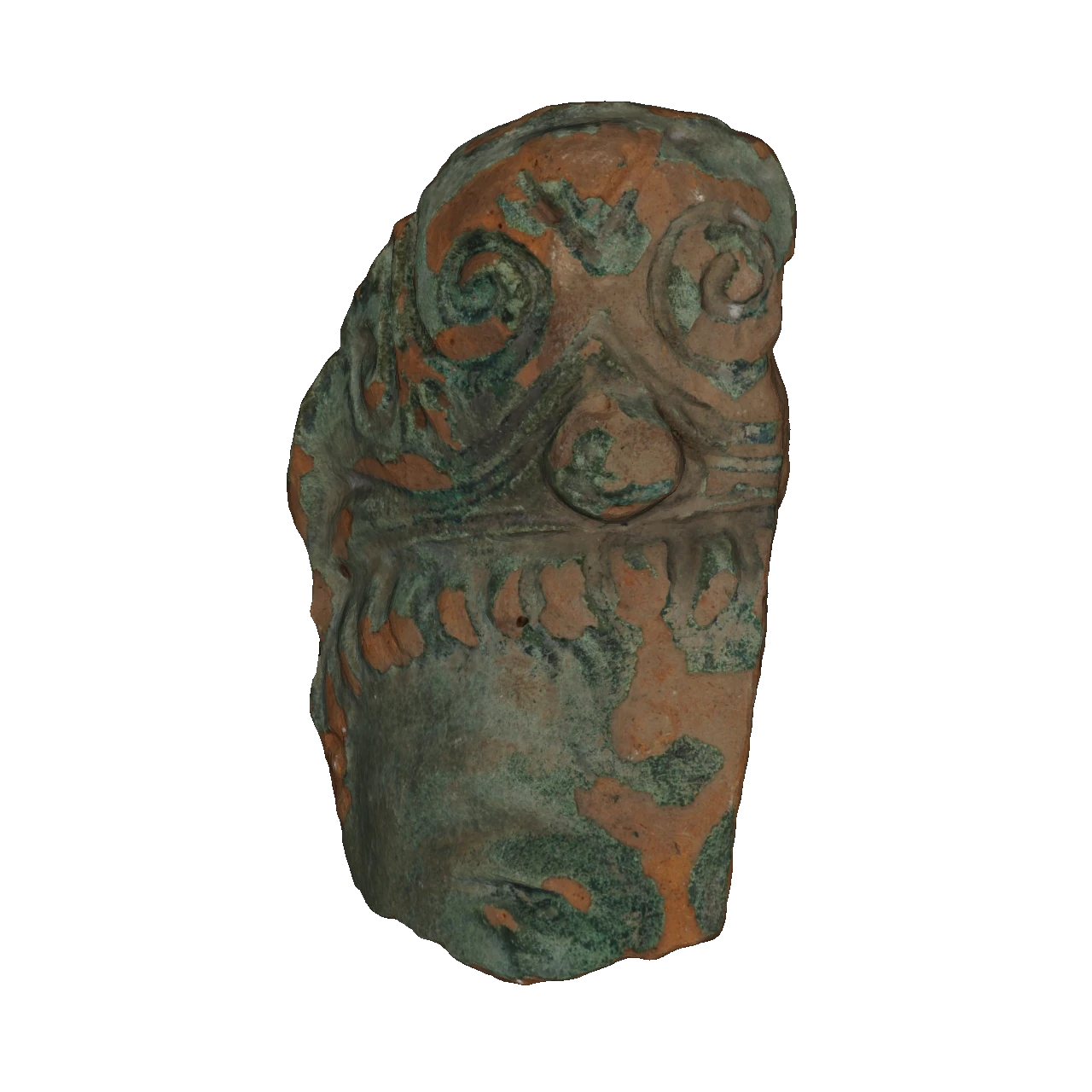
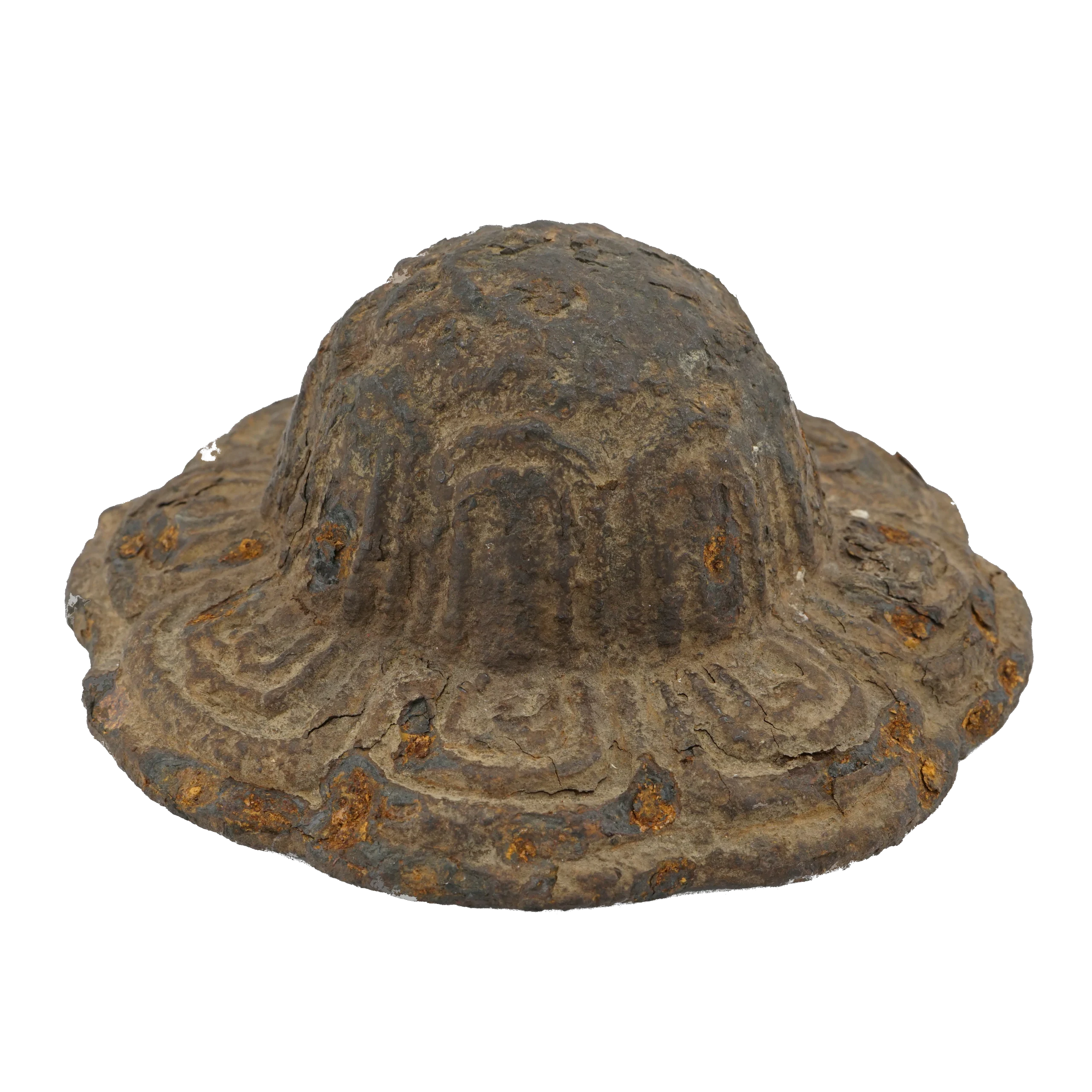
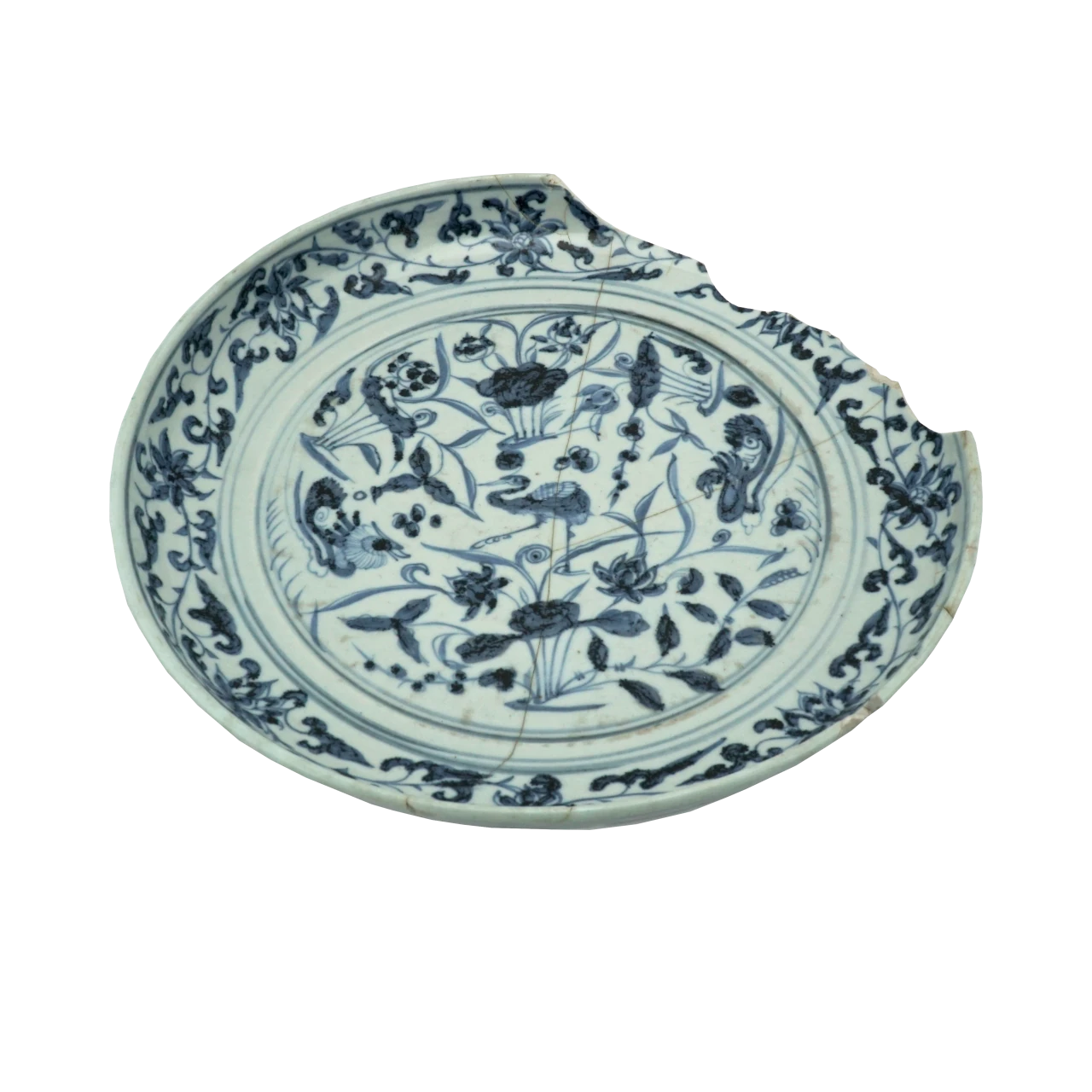
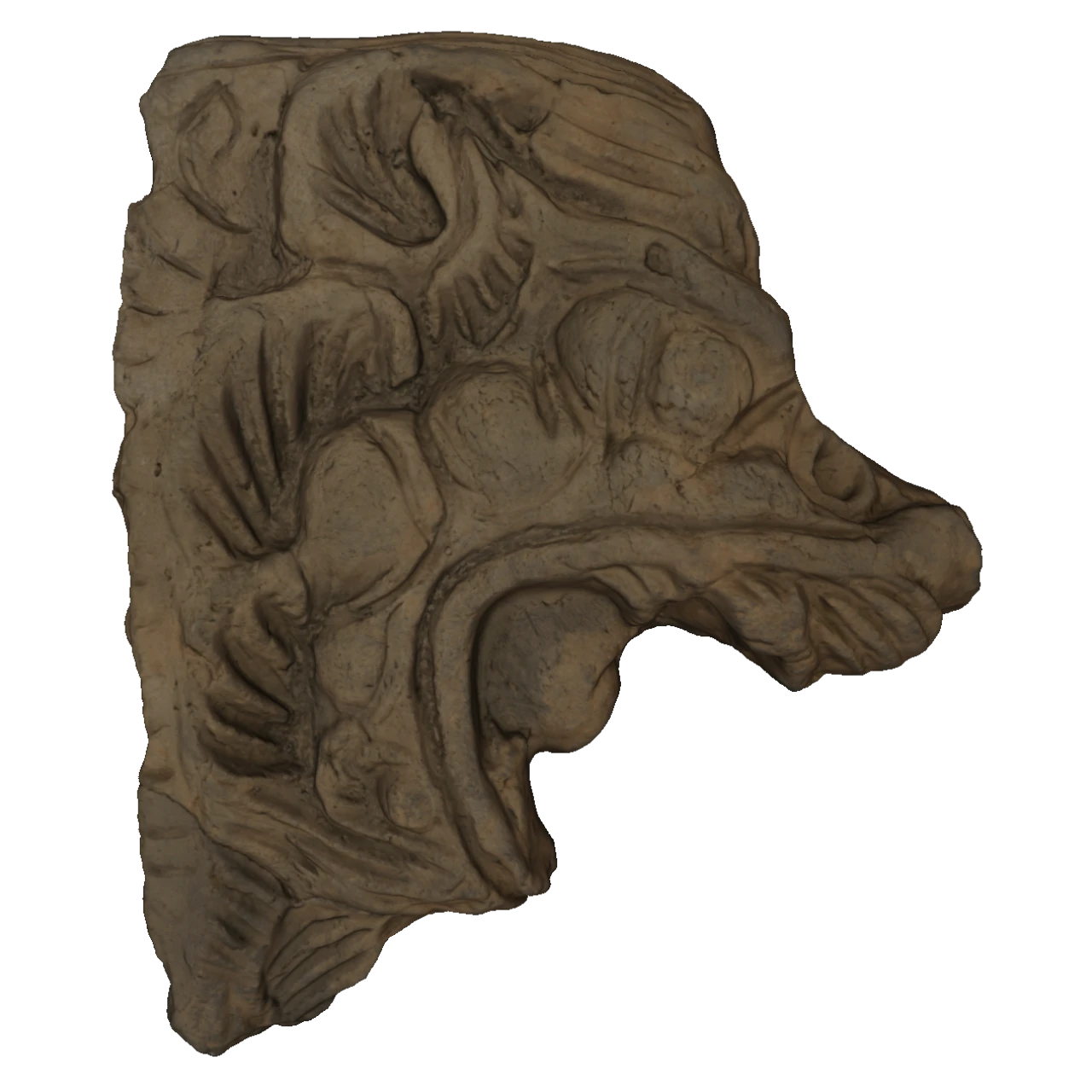

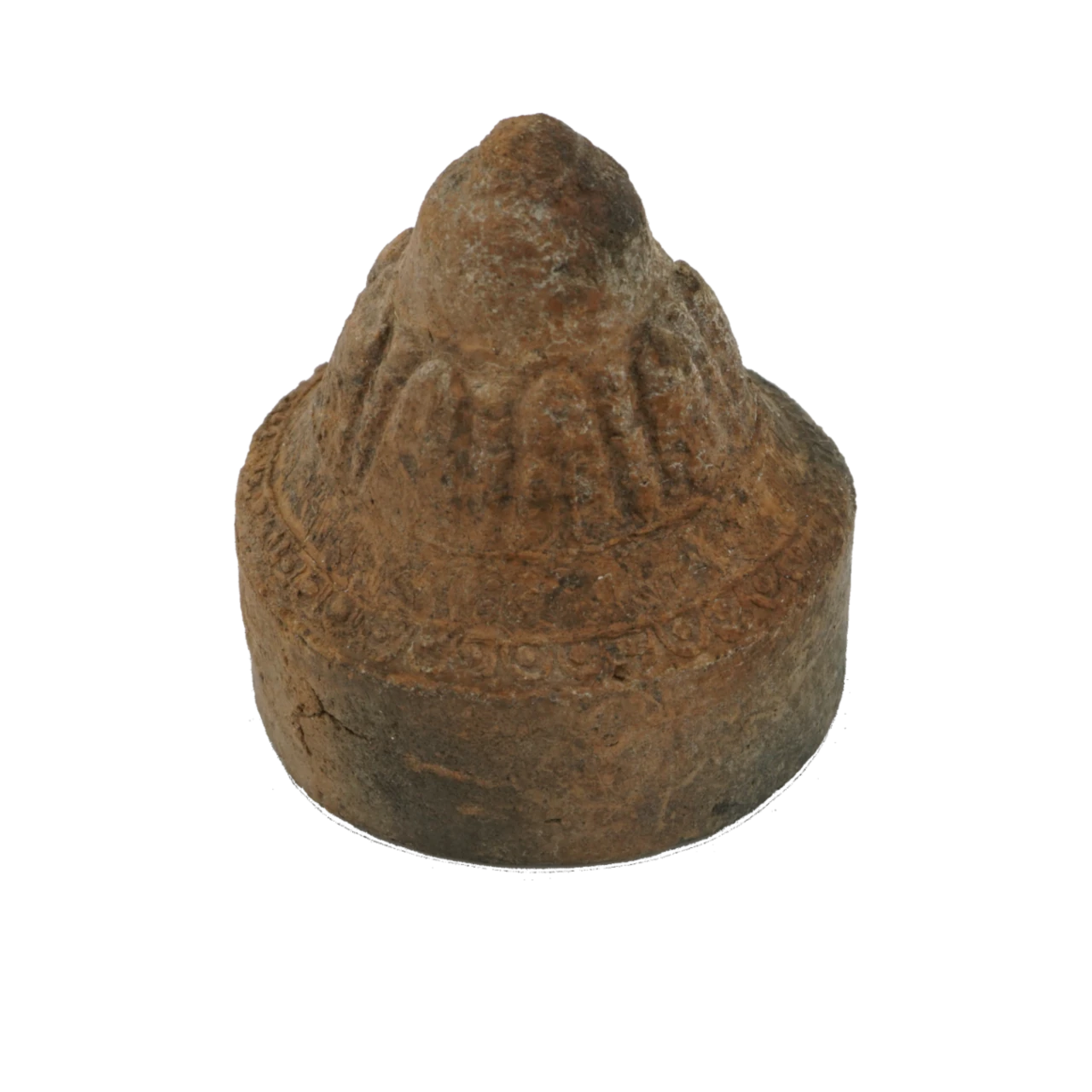
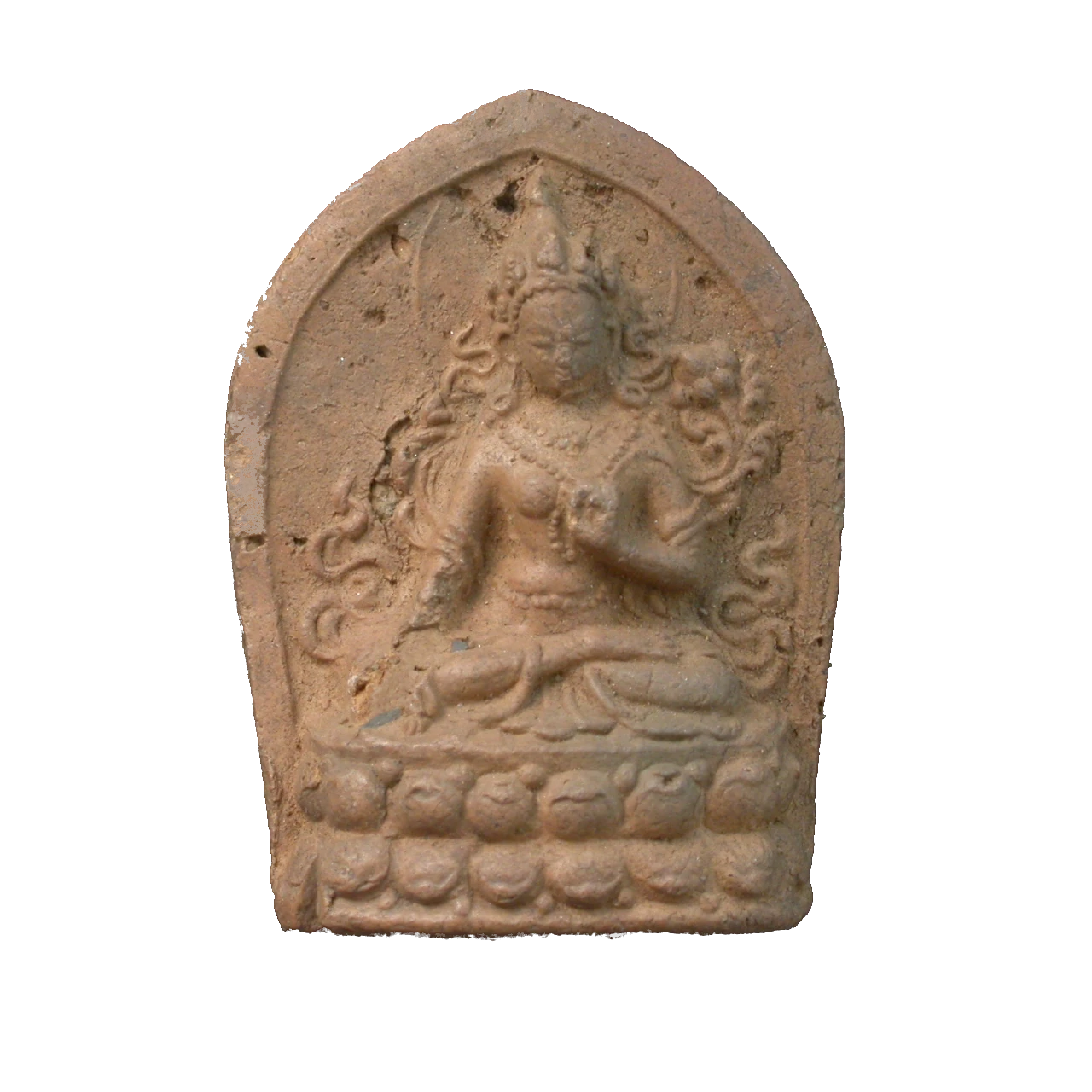
Training and Knowledge Transfer
At the same time, a team of employees and students from the Karlsruhe University of Applied Sciences led by Andreas Rieger began the precise surveying of the city complex. Using almost 80,000 measuring points, they created a three-dimensional, digital terrain model of the city, which makes the smallest differences in height of the terrain visible. In this way, it was possible to create a city map on which the road network and the locations of individual buildings are visible.
Research Continues
After important questions had been clarified at the Great Hall and the ramparts of Erdene Zuu and new ones had arisen, further excavation sections were tackled: Life on the outskirts of the city was to be explored in the northern part of the city. The quarters of well-travelled foreigners were suspected here. In fact, a small sensation was discovered here: it is highly probable that the team discovered the remains of a Nestorian church, which the Franciscan monk [Wilhelm von Rubruk] had already mentioned in his travelogue from the 13th century.

